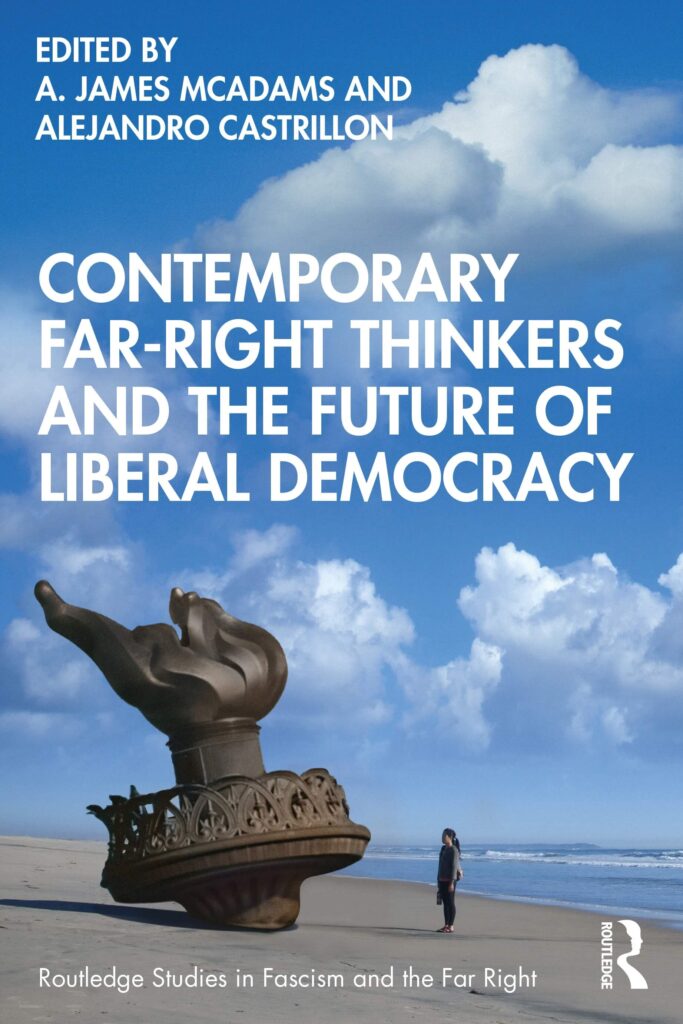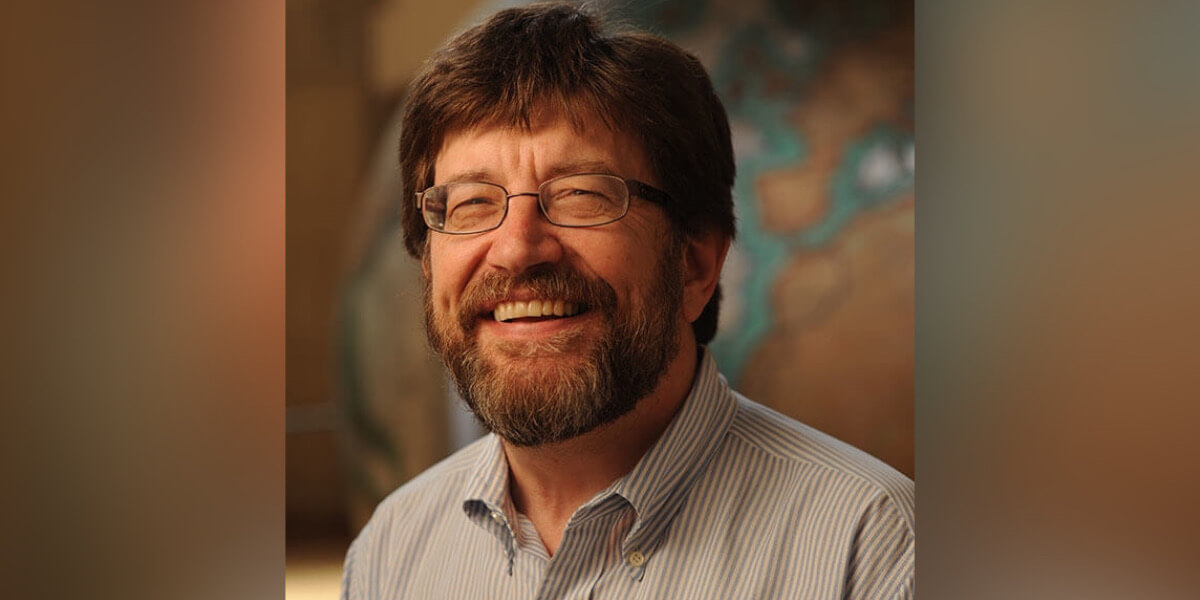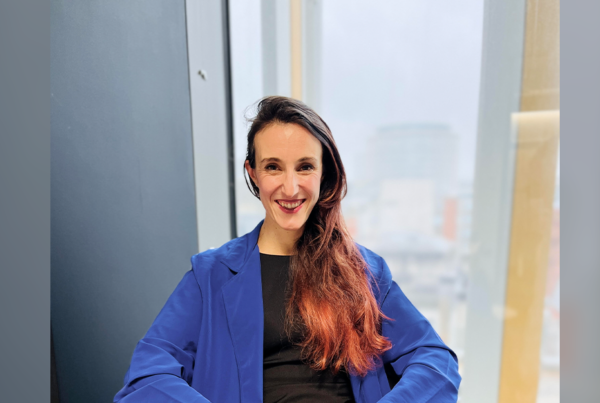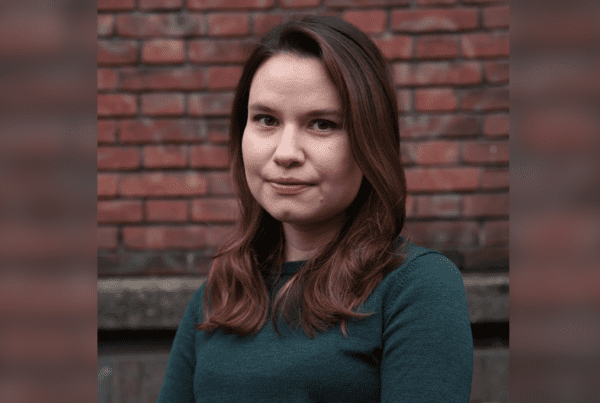Jim, you just edited Contemporary Far-Right Thinkers and the Future of Liberal Democracy with Alejandro Castrillon.* Could you tell us the story behind the project and what you were aiming at?
In organizing this project, I wanted to call attention in a systematic way to the most prominent contemporary far-right thinkers and to ask specifically about the similarities and differences among them. Some of these figures are well known—Alain de Benoist, Guillaume Faye, Pat Buchanan—but others are not—Fróði Midjord, Götz Kubitschek, Jason Jorjani, certain contributors to the online magazine Quillette, and the anonymous individual known as the “Bronze Age Pervert.” As a group, they are all worthy of examination. Equally important, they represent different streams of far-right thinking. When we began this project, all of these figures were still active; Faye died before we concluded our study.

To encourage a diversity of topics and views, I sought to bring together scholars who were working on specific far-right intellectuals and activists in different parts of the world, Western and Eastern Europe, Canada, Australia, and the United States. I also deliberately invited scholars from multiple disciplines, including historians, anthropologists, political scientists, political theorists, and philosophers. Many of the participants in our project had never met each other, although they were familiar with each other’s work. Thus, our meetings were a perfect opportunity for all of us to share ideas and perspectives. Indeed, throughout the two years of our collaboration, there was a remarkable amount of excitement and “electricity” in our discussions and in the circulation of draft chapters. By the time we were finished, we all emerged from the project with a deeper understanding of the broad spectrum of far-right thought as well as new ideas about how to study these thinkers.
How are the authors collectively tackling the issue of such “illiberal moment” and what it means for liberal democracies?
From the beginning, we envisioned this project as a collective enterprise. In two conferences, one panel at the American Political Science Association, and numerous shared draft chapters, we sought to develop a common, overarching approach to interpreting and understanding each of these thinkers. For this reason, I hope that readers of our book will be able to envision each of the contributors talking to each other. We now know each other quite well. In addition, we zeroed in on unifying themes: the way these thinkers understand liberalism and liberal democracy; their distinctive use of the concept of rights; their common focus on the issue of “identity”; and their recurrent use of tropes, such as “difference,” “ethnopluralism,” “civilization,” “the real,” and “culture.”
Thematically, I believe we have made an original contribution to the study of far-right thought. In much of the academic literature, scholars have tended to look to the past for insight into these thinkers’ views. For example, many experts point to what these figures share in common with the fascist movements of the 1920s and the 1930s. I wouldn’t dispute the fact that there are notable similarities; in some of these cases, it makes sense to call certain thinkers neo-fascists. However, as I emphasize in the book’s first chapter, we need to take into account the fact that there is a significant difference between the conditions of the early twentieth century that fueled fascism and those of the early decades of our twenty-first century. In the first period, democratic regimes were new and struggling for survival. Fascist theorists, such as Giovanni Gentile, were attacking democracy from outside the system, making the case for a fundamentally different form of politics. In contrast, today’s democracies are well-established, although they are currently being tested. For this reason, I believe it makes sense to consider personalities like de Benoist, Buchanan, and Kubitschek as critics of advanced democracy. In fact, most of the figures in our book like to portray themselves as sincere defenders of liberal democratic values, whereas we know that they mean to subvert these values. In this way, unlike the fascist thinkers of the past century, they attack liberal democracy from within.
We zeroed in on unifying themes: the way these thinkers understand liberalism and liberal democracy; their distinctive use of the concept of rights; their common focus on the issue of “identity”; and their recurrent use of tropes, such as “difference,” “ethnopluralism,” “civilization,” “the real,” and “culture.”
Do you see the current ‘conservative revolution’ happening under our eyes as unified in its doctrines? Which different ideological trends did the book’s authors identify?
One outcome of our project was the realization that one can’t, and shouldn’t, put all of our subjects into a “procrustean bed” by treating their arguments as identical. One cannot understand them without recognizing that there are significant differences in their views. For example, many of the figures who classify themselves as Alt-Right in the US emphasize racial themes in their arguments and focus on patriotism and the defense of “the nation.” In contrast, many of their European counterparts emphasize ethnicity; they are also inclined to make the case for collective identities that transcend mere nation-states.
One outcome of our project was the realization that one can’t, and shouldn’t, put all of our subjects into a “procrustean bed” by treating their arguments as identical. One cannot understand them without recognizing that there are significant differences in their views.
We also recognized that one can’t always apply the term “far right” to all of these thinkers. Although most of us agreed that “far right” could be used in ways that facilitated comparison, some preferred terms, such as “New Right.” In some cases, such as the Russian Young Conservatives, it didn’t make sense to use these terms at all. In the end, we had to agree upon a term to use as an organizing concept for the project, as well as for the title of our book. As a generalizable term, “far right” seemed to work the best.
We are here talking mostly about ideas. How does this ideational production relate to broader populist movements? Are ideas really shaping the popular Zeitgeist, through social media for instance, or is the interaction more complicated, with also a bottom-up dynamic?
It is impossible to prove that ideas actually cause anything; rather people draw upon them to cause things. Instead, I lift the burden of causation and treat ideas as the constituent elements of constellations from which actors choose those that interest them the most.
I am personally fascinated with the study of ideas. Interestingly, political scientists have tended to relegate this topic to the margins of the discipline because ideas can’t be quantified or expressed in cause-and-effect terms. I think the exclusion of ideas is strange. You only have to look at the impact of personalities like Lenin, Mao, Gorbachev, Thatcher, and even Trump (not exactly an intellectual!) to recognize that politics is all about ideas. In my view, it is impossible to prove that ideas actually cause anything; rather people draw upon them to cause things. Instead, I lift the burden of causation and treat ideas as the constituent elements of constellations from which actors choose those that interest them the most.
Thus, illiberal and antiliberal thinkers choose ideas that seem to work best to serve their interests. Among these ideas are issues of race, ethnicity, religion, culture, and modernity. In advanced democracies, illiberal and anti-liberal ideas are available to anyone who is looking for them. Thus, an illiberal personality like Tucker Carlson does not need to read the arcane works of far-right intellectuals, such as Faye, to find the idea of “replacement” attractive and useful. The idea that one ethnic or racial group is threatened by the intrusion of those whom he finds alien to US culture is already out there in the ether. It is waiting to be acted upon.
Of course, one doesn’t have to cut far below the surface of Carlson’s arguments to see that his concern is all about race, especially the fact that the US is quickly becoming a multi-racial society. Indeed, Carlson demonstrates his anxiety about race by inviting people, like Curtis Yarvin (a.k.a. Mencius Mordbug), an open defender of slavery and terrorism, to be guests on his show. Similarly, Carlson does not have to cause his millions of followers to agree with his views. They already have these views in inchoate ways; this is one of the reasons they watch his show.
What Carlson does is to provide them with frameworks within which they can formalize sentiments. Indeed, he and other far-right ideologues, both pundits and politicians, implicitly give their viewers “permission” to express views, such as racial hatred, that they might have kept to themselves in the past. Naturally, the explosion of extremist right-wing social media outlets has allowed these views to spread everywhere and at incredible speed. Hence, enthusiasts have only to follow conspiracy theorists like QANON to find purported evidence that supports their worst instincts and ugliest thoughts. We witnessed one of the manifestations of this development in the insurrectionary attack on the US Capitol on January 6, 2021.
Far-right ideologues, both pundits and politicians, implicitly give their viewers “permission” to express views, such as racial hatred, that they might have kept to themselves in the past.
You personally have worked on Leftist trends for a long time. How do you understand the differences in studying “leftist” and “rightist” ideologies and movements? Do we have elements for comparison, or do you consider their philosophical bases too different to study them in parallel?
Yes, I have worked on communism for most of my career. My most recent book, Vanguard of the Revolution: The Global Idea of the Communist Party, is focused on the idea of the communist party and the ways in which it took concrete form in countries throughout world. I began the far-right thinkers project precisely because I was looking for analogues to communist theorists who were located on other parts of the ideological spectrum.
Naturally, the far-right thinkers in our new book have significantly different views about what should be changed and how they envision an ideal society. Still, these far-right thinkers share one important characteristic with their communist counterparts. They do not see themselves as populist leaders. Rather, they are elitists who seek to take advantage of the polarized conditions generated by populism. Much like the communists whom I analyzed in Vanguard of the Revolution, they see themselves as vanguards, standing above the masses and stirring them to action. They justify their elitist attitudes by arguing that they have special insight into the workings of society. Their self-assigned job is to bring “true consciousness” to the masses. In this way, all, or at least most of them, fit squarely within the Leninist mold.
Much like the communists whom I analyzed in Vanguard of the Revolution, they see themselves as vanguards, standing above the masses and stirring them to action. They justify their elitist attitudes by arguing that they have special insight into the workings of society.
*Disclaimer: The interviewer, Marlene Laruelle, has authored a chapter in this volume.
A. James McAdams is the William M. Scholl Professor of International Affairs at the University of Notre Dame. For 16 years, he was Director of the Nanovic Institute for European Studies. He has also served as chair of the Political Science department. McAdams has written widely on European affairs, especially on central Europe, as well as global communism. His books include East Germany and Detente; Germany Divided; Judging the Past in Unified Germany; and The Crisis of Modern Times. His book, Vanguard of the Revolution: The Global Idea of the Communist Party (Princeton University Press, 2017 and 2019), examines the political history of the party from the 1840s to the present. Covering a panoply of communist parties from Germany to Russia, China, Poland, North Korea, Cuba, and many others, the book is the first comprehensive international history of the communist party. Vanguard of the Revolution was named one of the Best Books of 2018 by Foreign Affairs. He has recently published two collections: 1968: Cultural Revolutions in Europe and Latin America (with Anthony Monta) and Contemporary Far-Right Thinkers and the Future of Liberal Democracy (with Alejandro Castrillon).







